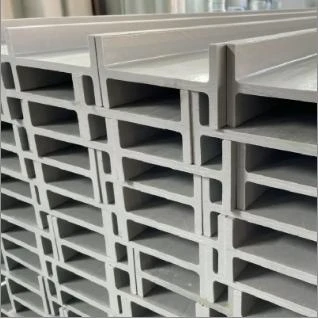loading...
- No. 9, Xingyuan South Street, Dongwaihuan Road, Zaoqiang County, Hengshui, Hebei, China
- admin@zjcomposites.com
- +86 15097380338
- Welcome to visit our website!
glass fiber reinforced polymer gfrp rebar
Glass Fiber Reinforced Polymer (GFRP) Rebar A Sustainable Alternative for Reinforcement
In recent years, the construction industry has witnessed a shift towards innovative materials that offer enhanced durability, sustainability, and performance. One such innovation is Glass Fiber Reinforced Polymer (GFRP) rebar, which is gaining popularity as a superior alternative to traditional steel reinforcement bars. This article explores the properties, benefits, and applications of GFRP rebar in modern construction.
Glass Fiber Reinforced Polymer (GFRP) Rebar A Sustainable Alternative for Reinforcement
One of the key advantages of GFRP rebar is its impressive tensile strength. This material can withstand extreme tension forces, making it suitable for various applications in both civil and commercial construction. Additionally, GFRP rebar is about one-quarter the weight of steel, which simplifies transportation and handling on construction sites. The lightweight nature of GFRP also allows for easier installation, reducing labor costs and project timelines.
glass fiber reinforced polymer gfrp rebar

Sustainability is another significant factor driving the adoption of GFRP rebar. The manufacturing process of GFRP rebar produces fewer greenhouse gas emissions compared to that of steel. Moreover, because GFRP does not corrode, structures reinforced with this material can have a considerably lower environmental impact over their life cycle. This aligns with the growing emphasis on sustainable building practices and green construction methods.
GFRP rebar is also highly versatile, making it suitable for a wide range of construction projects. It finds applications in bridges, tunnels, parking structures, waterfront structures, and even in seismic retrofitting efforts. Its non-conductive properties make it an ideal choice for electrical and telecommunications installations. Additionally, GFRP rebar can be easily molded into various shapes, allowing for creative and innovative architectural designs.
However, despite its numerous advantages, GFRP rebar has some limitations that must be considered. It generally has a lower modulus of elasticity than steel, which can affect its performance under certain load conditions. Engineers and designers must conduct thorough analyses to ensure that the structural integrity of the project is maintained when using GFRP rebar. Furthermore, it tends to be more expensive than traditional steel, which can be a barrier for some projects, especially those on a tight budget.
In conclusion, Glass Fiber Reinforced Polymer (GFRP) rebar represents an exciting advancement in the field of construction materials. Its corrosion resistance, lightweight properties, high tensile strength, and sustainability benefits make it a compelling choice for modern construction needs. As the industry continues to evolve, GFRP rebar is poised to play a significant role in shaping the future of reinforced structures, further promoting sustainable practices while addressing the demands of contemporary engineering challenges. As awareness of its benefits grows, GFRP rebar could very well become a staple in the toolkit of engineers and architects worldwide, leading to safer, more efficient, and environmentally friendly structures.
-
Transform Your Spaces with FRP Grating SolutionsNewsNov.04,2024
-
The Versatility and Strength of FRP RodsNewsNov.04,2024
-
The Excellence of Fiberglass Water TanksNewsNov.04,2024
-
The Benefits of FRP Grating for Your ProjectsNewsNov.04,2024
-
Elevate Your Efficiency with FRP Pressure VesselsNewsNov.04,2024
-
Welcome to the World of FRP Pressure VesselsNewsOct.12,2024
-
Unveiling the Future of Filtration: Why FRP Filter Vessels are a Game ChangerNewsOct.12,2024
